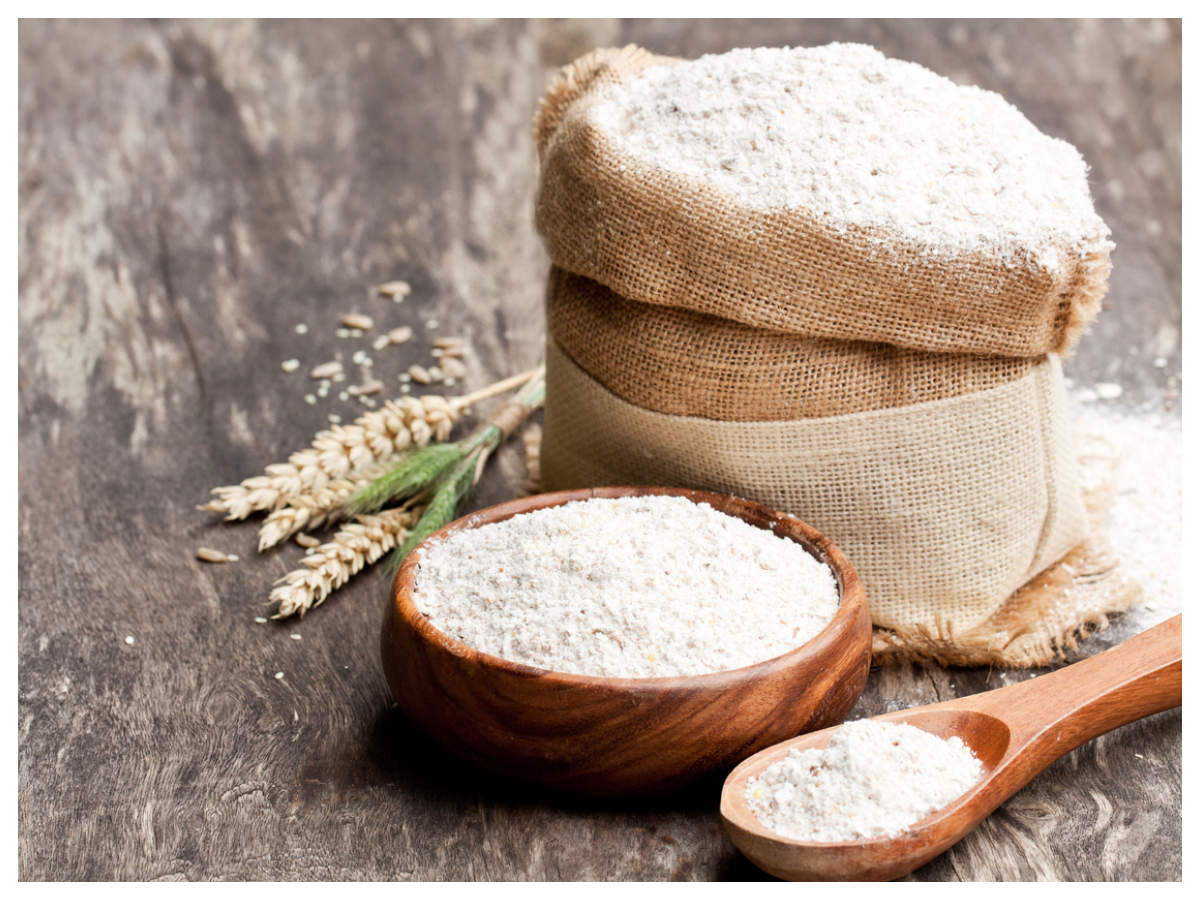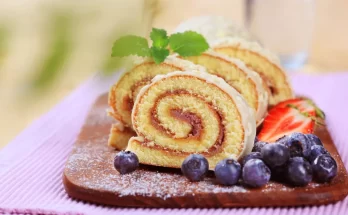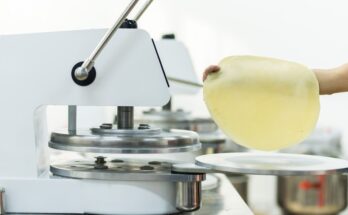Since ancient times, flour is a widely used ingredient in the preparation of a variety of dishes all around the world. Flour is a powder that is created by grinding raw grains and different types of flours can be created by grinding different types of grains. Flour can also be created by grinding different types of beans or seeds.
Flour made from wheat grains is the most common type of flour that is used in cooking. Wheat flour is used to make a wide variety of dishes all around the world depending upon the region. In the western parts of the world, flour is used in preparing dishes such as cakes, bread, and tortillas. Whereas, in the eastern parts of the world, especially in India, flour is used to make dishes such as rotis, parathas and pooris.
Other popular flours also include flours made from grains such as ragi (finger millet) and bajra (pearl millet). However, one variety of wheat atta is slowly gaining popularity in recent times due to its unique attributes. One should give a try to the Sharbati atta which is made from Sharbati wheat grains.
The Aashirvaad Select Sharbati Atta is one of the best sharbati atta available in the market. The sharbati atta from the Aashirvaad range of attas is made from carefully selected Sharbati wheat grains. The aashirvaad atta also guarantees the purity of 100% wheat grains without any adulteration. You can check the aashirvaad select atta 5kg price over here.
The Sharbati wheat grains are indigenous to the state of Madhya Pradesh which is why the Sharbati atta is also known as MP wheat. The Sharbati atta has a slightly better nutritional profile compared to the generic atta. The generic atta that is widely available is mostly produced in the state of Punjab on a large scale.
Nutritional differences: Normal Atta vs Sharbati Atta
We will compare the nutritional values of both attas per 1 cup of quantity for each atta. 1 cup of generic widely available atta will provide 406.8 calories which include 16.44 grams of protein, 87 grams of carbohydrate and 2.24 grams of fat. On the other hand, 1 cup of sharbati atta will provide 20 grams of protein, 112 grams of carbohydrates and 4 grams of fats. The Sharbati atta provides a higher protein content compared to the generic wheat atta.
Free from Chemicals
One of the major advantages of the Sharbati atta is that the Sharbati wheat grains are mostly produced by a method called rainwater irrigation. Due to this, the wheat grains are free from pesticides and insecticides, and the Sharbati atta is more organic and purer in nature. The Sharbati wheat grains are a bit heavier, and they also have an attractive golden tint to them.
The difference in the texture of food
The rotis made from the Sharbati atta will be softer and fluffier compared to the rotis made with the widely available atta. The Sharbati wheat grains require drought-like conditions to be cultivated, due to this the atta from the wheat grains requires more water. However, the rotis made from Aashirvaad Sharbati Atta will retain their moisture content for a long time.




